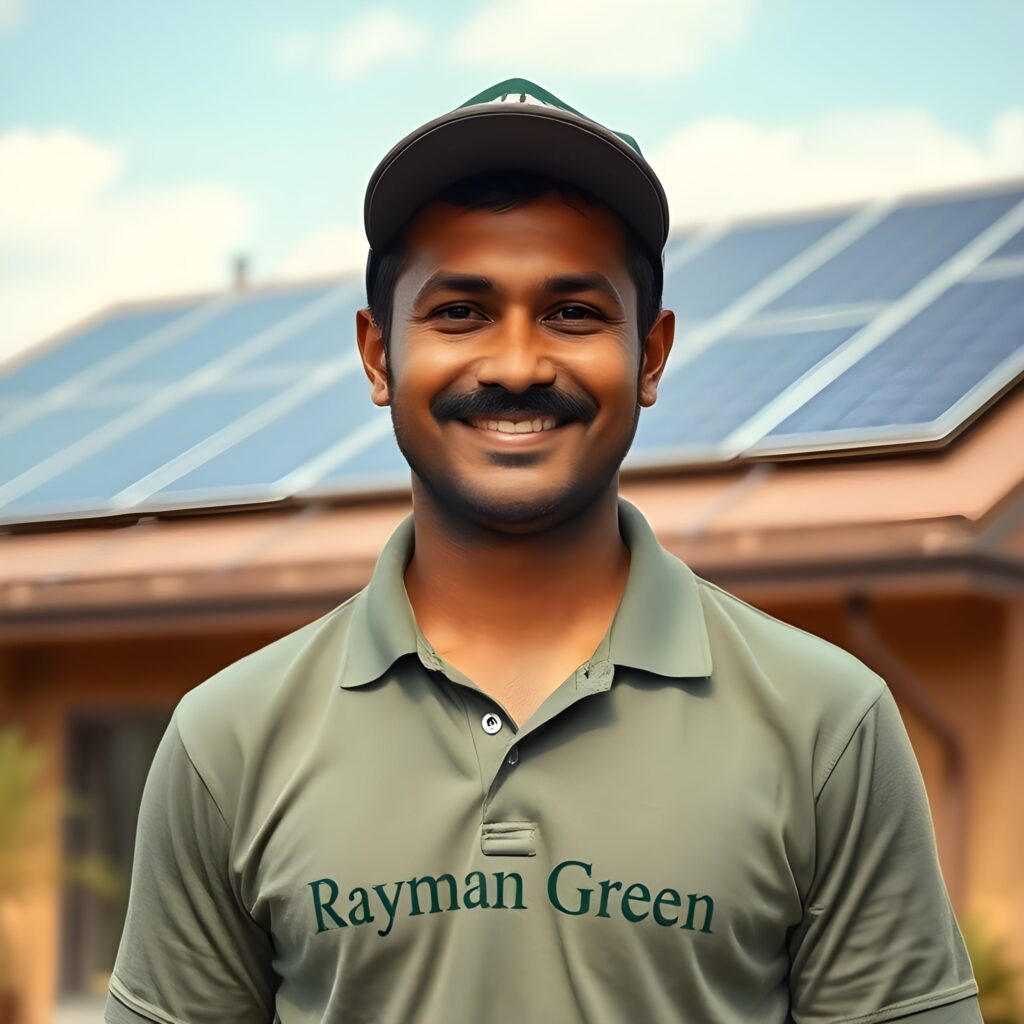
Have questions about solar energy or our services? We’re here to help! Reach out to us for expert guidance and clear answers to all your queries. Let’s make your switch to solar easy and hassle-free.
24/7 Support for Your Business
No, solar electricity is not wasted if it's not being consumed by the premises. During daytime, solar system exports any excess solar electricity not used by the premises to the national electricity grid. Similarly, at night, excess electricity required by the premises is imported from the grid as solar generation is absent at night.
Meter(s) installed along with the solar system keep a record of excess generation exported to the grid and imported from the grid. At the end of each period, the customer is credited for the excess generation exported to the grid as per prevailing state policy, and charged only for net consumption from the grid.
The capacity of a solar connection installation depends on several factors:
Load requirement: It is the capacity needed to power your desired load through solar energy. This varies from state to state. On average, a 1 kW system is suitable for a monthly electricity bill of approximately Rs. 1000.
Shadow-free space available: It is the amount of unobstructed space required for the installation. As a rule of thumb, a 1 kW system typically needs around 100 sq ft of shadow-free space.
Sanctioned load: It is the maximum capacity allowed by state regulations. Generally, exceeding the sanctioned load capacity is not permitted.
Solar Energy Systems rely on a vital component - silicon wafers to convert sunlight into electricity. These semiconducting wafers liberate electrons when exposed to sunlight, establishing a flow of Direct Current electricity. This efficient process allows solar systems to harness renewable energy from the sun, providing a sustainable power source.
A solar rooftop system typically consists of solar modules, solar inverter(s) and other electrical components such as meter(s), cables etc.
Any excess electricity generated is exported to the national electricity grid and owner's account is credited accordingly, subject to prevailing regulatory policies
The scheme provides for a subsidy of 60% of the solar unit cost for systems up to 2kW capacity and 40 percent of additional system cost for systems between 2 to 3kW capacity. At current benchmark prices, this will mean Rs 30,000 subsidy for 1kW system, Rs 60,000 for 2kW systems and Rs 78,000 for 3kW systems or higher.
Housing societies can receive a solar subsidy under the PM Surya Ghar Yojana. The subsidy is Rs 18,000 per kW for common facilities, including EV charging up to 500 kW capacity. Individual flat owners are also eligible for subsidy at their individual residential capacity.
Solar Modules:
Converts sunlight into DC electricity
Solar Structure:
High strength, galvanized, non corrosive material which can withstand high wind speed pressure.
Inverter:
Converts DC Electricity into usable AC electricity
Generation Meter & Net Meter:
Measure how much power your premises use and any excess power that the solar system generates feed to the grid by doing net metering.
For example, my average monthly consumption is 350 units then I must install ~3KW (350/120) solar system for my house.
There'll be a significant reduction in your electricity bill. That’s because most of your power needs will be met by solar energy from solar systems installed on the commercial rooftops.
If you install solar you'll have to pay no more than 3 to 5 rupees/unit for the electricity generated from solar compared to 12 to 14 rupees/unit that you pay to the DISCOM.
You can save money in the form of income tax benefits by claiming accelerated depreciation of 40% per year on the cost of your commercial solar system. It is extremely beneficial to pay the commercial solar panel cost rather than paying for expensive electricity as solar is a lifelong investment - the panels last for more than 25 years.
Installing solar panels on commercial rooftops will also help you meet and satisfy your RPO obligations (Renewable Purchase Obligation).
We specialize in designing and installing solar power systems, helping you save on energy bills, protect the environment, and lead the way toward a sustainable energy future.
24/7 Support
Maharashtra, India
© Created by Suraj Berad | LinkedIn